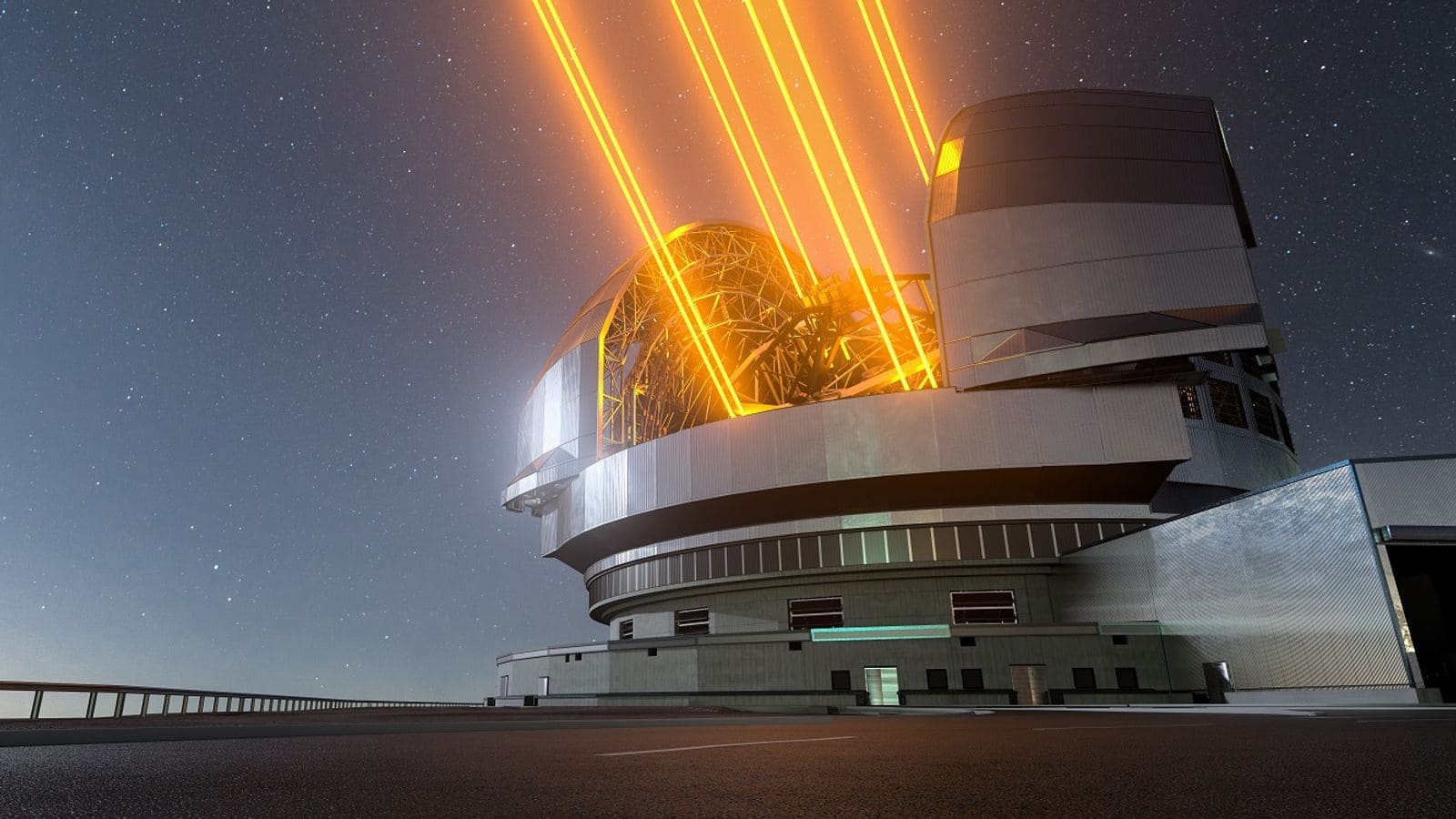The discovery, according to researchers, may make it easier to locate a planet that resembles our own and orbits a star like the sun. Thanks to a technological advance, astronomers may soon find new Earth-like planets.
An astrocomb that can analyze the blue-green light generated by stars has been invented by physicists.
Astrocombs have the ability to identify minute changes in a star’s brightness caused by exoplanets (planets outside of our solar system) in orbit; these could reveal planets that resemble Earth. Until now, they have been confined mostly to the green-red region of the spectrum; however, the new system presents an opportunity to explore much deeper space mysteries.
Scientists at Cambridge University and Heriot-Watt University in Edinburgh produced the discovery. “This is a really exciting development that will enable us to study smaller planets on longer orbits than ever before, with the aim of discovering the first ‘Earth-like’ planet orbiting around a nearby sun-like star,” stated Dr. Samantha Thompson of the University of Cambridge.
Hertz The shorter wavelength of light that the new system can analyze, according to Professor Derryck Reid, is “rich in the atomic absorption features of interest to astronomers”.
“Our new approach for the first time provides a continuous sequence of optical markers from the ultraviolet to the blue-green that serve as a precision wavelength scale in this part of the spectrum,” said Professor Reid.
The Extremely Large Telescope (ELT), which is now being built in the Atacama Desert of Chile, is the target of technology development.
It will be the world’s largest telescope for both visible and infrared light, with a primary mirror measuring 39 meters.
Additionally, the UK team will work on astrocombs for the Canary Islands and South Africa’s telescopes.










